What’s the Average Potency of Illegal Weed?
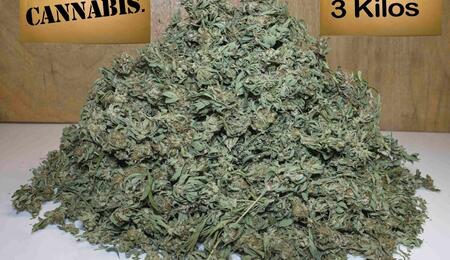
In case you’ve been wondering, the DEA has the answer. The Drug Enforcement Agency recently released a report where it takes a look at the average potency of various illicit drugs, including weed circulating the black market. The average THC potency in illegal weed is 16%, according to the DEA report.
The average THC potency in illegal cannabis buds in the United States is 16%, claims a new DEA report. A number that is fairly lower compared to THC levels in cannabis flower available for purchase in legal stores. Though, as of lately, commercial marijuana is subject to THC potency inflation.
The DEA report notes that despite cannabis having been legalized or decriminalized in 24 states and the District of Columbia, the black market for cannabis continues to thrive.
Substantial trafficking of illegal weed has been carried out by Mexican cartels and Chinese and other Asian criminal groups that profit from illegal farms and sales as well as exploitation of the ‘legal’ market, says the report.
While the price for weed on the black market has remained “largely stable for years,” the potency of marijuana has “steadily increased.”
THC Level in Black Market Weed at an ‘All-Time High’
The amount of THC found in illegal cannabis flower is at its highest level ever, according to the DEA report.
“Data from the University of Mississippi’s Marijuana Potency Monitoring Program indicates that THC potency in leafy marijuana averaged around 16 percent in 2022, a 29 percent increase from samples tested in 2021, and many times higher than found in marijuana in past decades,” wrote the report authors.
For comparison, THC potency in black market weed averaged 14 percent in 2017, and in 2012 it was 12 percent. In 2007, the average potency was eight percent, and before 1997 it was always below four percent. The DEA has been tracking potency in cannabis flower since 1977.
In the same report, the agency also warns about THC-infused edible products that closely resemble candy, snacks and cereal, and which has been linked with thousands of medical emergencies in children.
The authors highlight a study conducted between 2017 and 2021, which says that accidental marijuana exposure in children younger than 5 years had increased 1,375 percent and almost 90% of the exposures took place in the child’s own home.
The DEA published the report on May 9. Besides cannabis, the report details trends about other far more dangerous substances, including heroin, cocaine, fentanyl, methamphetamine, and more.
In the introduction of the report, DEA Administrator Anne Milgram remarked that the increased use of synthetic and chemical-based drugs such as fentanyl and methamphetamine has led to “the most dangerous and deadly drug crisis the United States has ever faced.”
Also read on Soft Secrets:
- Is California Weed Losing Potency?

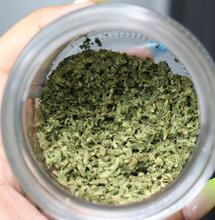

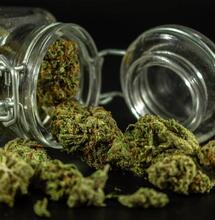

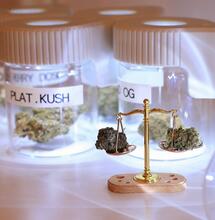

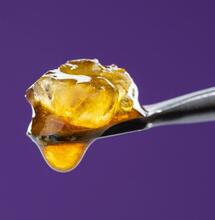

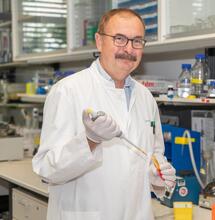


.jpg)